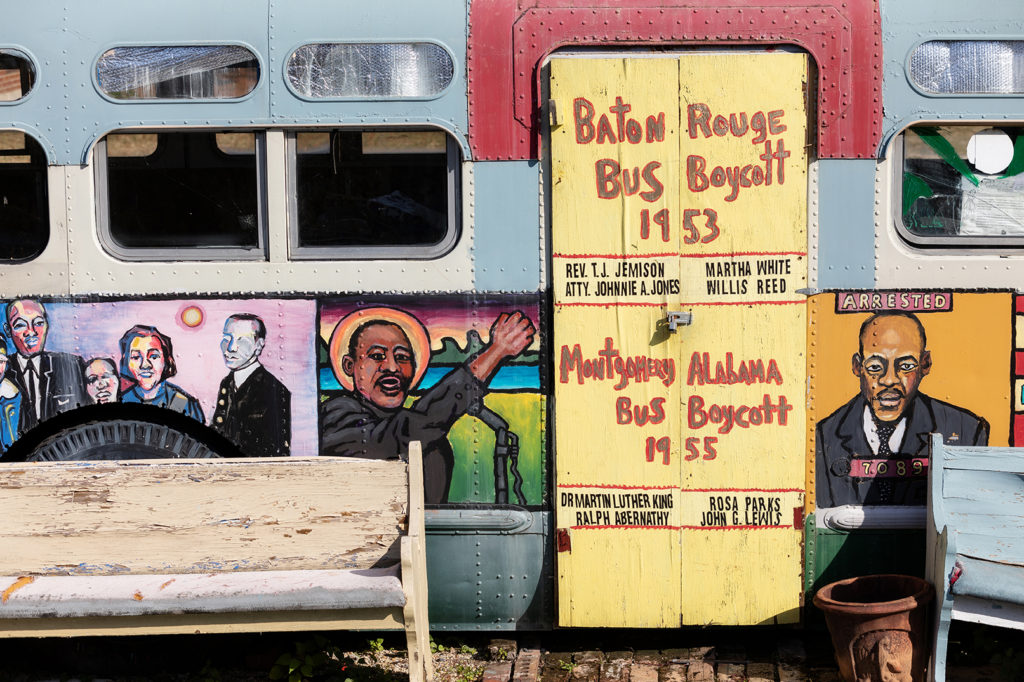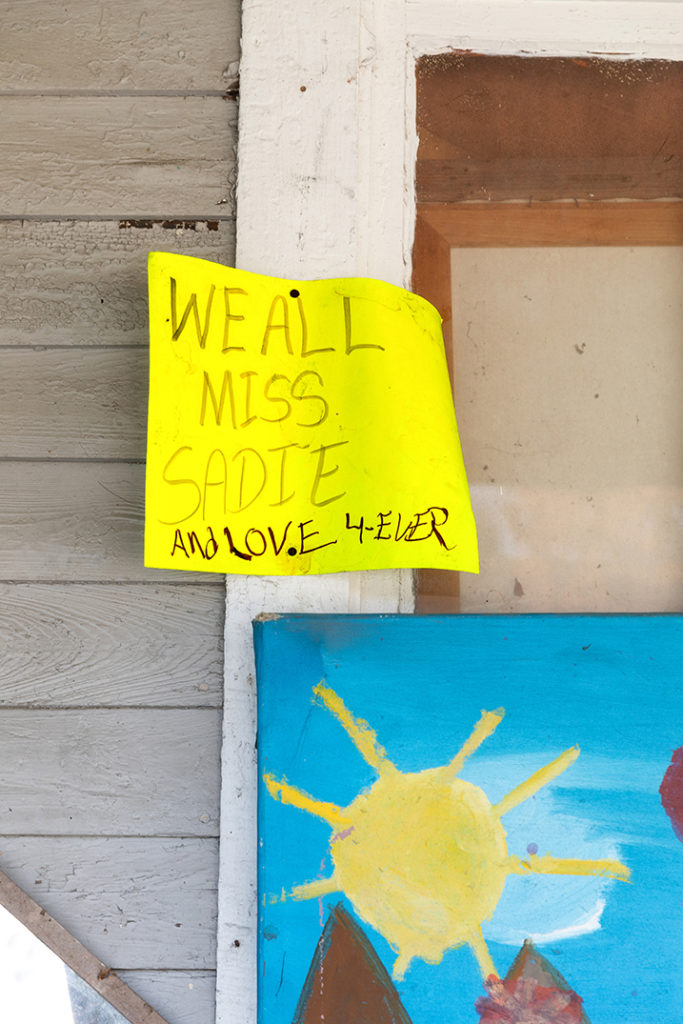
The legacy of the late Sadie Roberts-Joseph continues through her family’s leadership
Sadie Roberts-Joseph had two biological children, but she was a mother to many in spirit. She was known for wearing regal, traditional African attire and inspiring black children to learn about their history and be proud of their culture.
When Roberts-Joseph was killed in July 2019—murdered by a tenant of hers who was late on rent—it left the Baton Rouge community shocked and heartbroken. She was an activist, community leader and founder of the Baton Rouge African American Museum. She had also organized the city’s Juneteenth celebration and started her own nonprofit, Community Against Drugs and Violence.
Despite her death, her legacy didn’t end there.
|
|

Her son Jason Roberts and daughter Angela Roberts-Machen were left not just with her memories, but with the museum on South Boulevard beneath the Mississippi River bridge—and its countless artifacts, including a historic bus from the 1953 Baton Rouge Bus Boycott.
The siblings took over the museum with the hope to fulfill their mother’s mission to preserve and celebrate black history and educate and empower the African American community and its youth. Neither Jason nor Angela have prior experience running a museum—Jason is a manager at Hotel Indigo and Angela is a commissioner at the Port of Greater Baton Rouge—but one step at a time, they’re determined to keep their mother’s vision for the museum alive.
“I can’t tell you how many times I remember hearing my mother say, ‘You have to know where you came from to know where you’re going,’” says Jason, now the museum’s interim curator.
In 2001, Roberts-Joseph officially opened the Baton Rouge African American Museum on the New St. Luke Baptist Church’s property. The nonprofit museum, formerly known as the Odell S. Williams Now And Then African-American History Museum, showcases one-of-a-kind black artifacts like art, black inventions, traditional African masks, sculptures, hand-woven baskets, educational books, toys and even political memorabilia from Barack Obama’s presidency.
Stepping into each room of the museum today—housed in a small former shotgun home—feels like time traveling to a different decade. There are five rooms, each packed floor to ceiling with unique, tangible pieces of history. Each room has its own theme: Africa and its country’s artifacts, African American achievers, black inventors, Barack Obama and rural implements.
In the Obama room, visitors can view merchandise, art, historic photographs and a printed poll from the 2008 presidential election. In the rural implements room, a large sack of cotton overflows in the corner, and antique pots and kitchenware fill short wooden shelves. Outside the building, the bus from the 1953 boycott is brightly painted with iconic scenes from Martin Luther King Jr.’s career.

“She built this entire thing for the community,” Jason says. “It was never for her glory or monetary gain. It was strictly a labor of love for the city she loved. I think that she would like to see the community support the museum in her absence the way she supported the community when she was here.”
The siblings will be hosting a grand reopening gala Feb. 29 to fundraise for the museum and celebrate its revitalization. Since February is Black History Month, the museum plans to host multiple events celebrating black history leading up to the gala.
In the future, the museum wants to expand by adding science and medical artifacts and resources to the displays. They also plan to provide local black artists and musicians with a space to perform and showcase their work.
“If we can get funding in place, I think that our outreach will be that much greater,” Jason says, “and we’ll have a lot more to offer the city of Baton Rouge.”

This article was originally published in the January 2020 issue of 225 Magazine.
|
|
|

